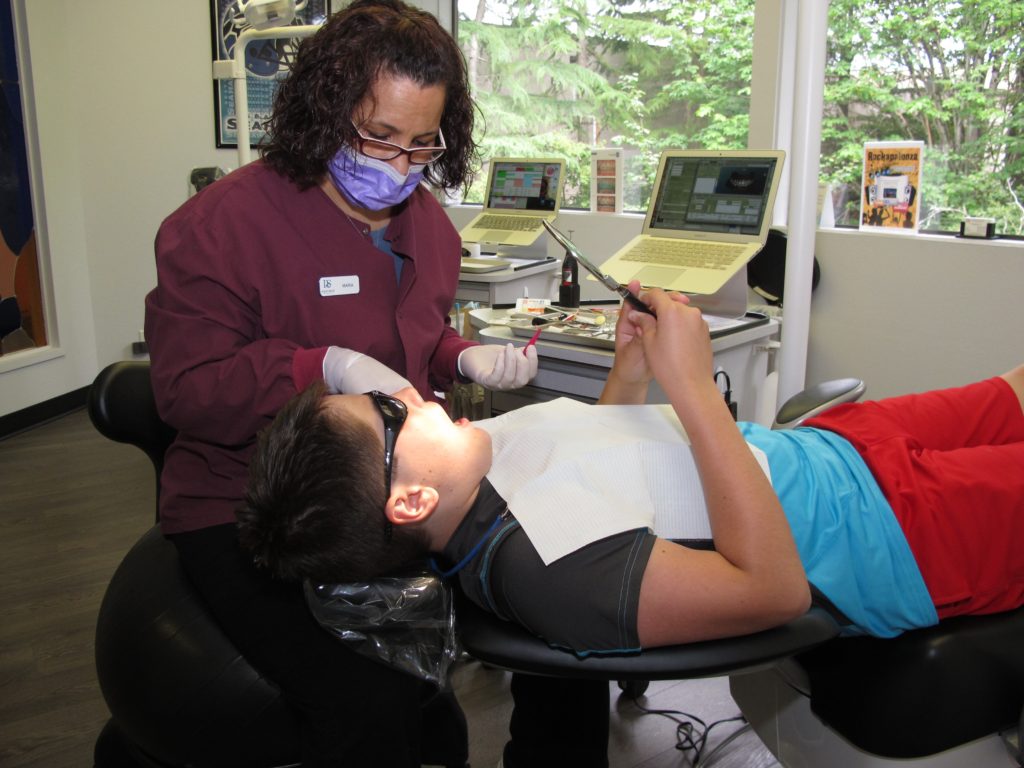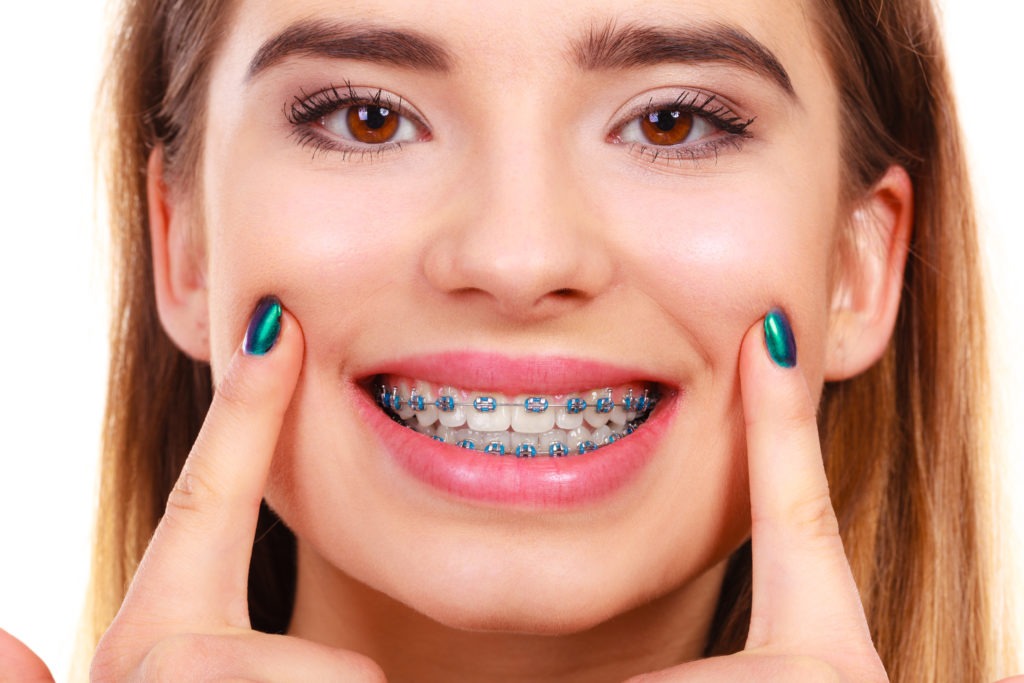Orthodontics For All Ages
September 28, 2018

If you’re a current orthodontic patient with Dudley Smiles, you no doubt already know that wearing braces can come with its fair share of challenges. From food restrictions to broken brackets and wires, braces take some getting used to. Rubber bands are another one of those hurdles to overcome, but like everything else associated with braces treatment, they’re an important part of the process to give you a straight, healthy smile!
The fact is, most braces patients will need to wear rubber bands at some point during their orthodontic treatment in order to correct the alignment of their bite, reduce an overbite or underbite, and in some cases, to open or close spaces. Wearing these bands as directed by Dr. Si will help to move your teeth into more desirable positions, giving you a fully functioning smile, and improving your overall oral health.
We know all these little annoyances can add up, even if they are absolutely worth the end result. Some aspects of treatment can be frustrating, especially if you don’t understand why you’re being asked to do something like wear rubber bands with your braces. It’s important to us that all our patients feel informed about and confident in their treatment plan! Whether you wear elastics full-time or part-time, we want to be sure you understand why we use rubber bands with braces, how they work, and how they benefit your smile. Let’s take a look below to learn a little more!
The role rubber bands play in orthodontics
Traditional braces are one of the most effective ways we have of aligning a patient’s teeth in order to create a straighter smile. Once the brackets have been glued to the teeth, they’ll work in conjunction with the set of wires spanning from tooth to tooth to begin moving the teeth. While this can successfully align the upper and lower sets of teeth separately, something must be connected between the arches to actually correct the bite. There are several options available to accomplish this, including headgear and springs, but the most common method is rubber bands, also known as elastics.
Elastics are often the preferred method for a number of reasons. They’re obviously far less noticeable than something like headgear, and the tooth-colored elastics, in particular, can blend in nicely with your natural smile. They can also be personalized by choosing from a wide range of colors. This is a great way for patients to show off their personality!
Bands are designed to be easy to remove and replace since patients will need to do both frequently. The stretchy, flexible nature of rubber bands will allow you to maintain a full range of motion when engaging in everyday activities like talking, yawning, eating, and brushing your teeth. Elastics are also extremely versatile, cost-effective, and can be used to correct most types of bite problems, including overbites, underbites, open bites, and crossbites.

The different types of orthodontic elastics
There are two types of orthodontic elastics: ligatures and rubber bands.
Ligatures are the smaller of the two, and these fit around the brackets to help the archwire retain its position there. Ligatures will help pull or push your teeth in the direction required by the customized treatment plan Dr. Si creates for you.
The larger form of elastics are simply referred to as rubber bands. These can be placed in several different configurations to match the tensile force requirements of your mouth, with the most common being top-to-bottom and inter-arch configurations. Rubber bands are used to apply pressure to your jaw, helping it achieve the proper alignment for your bite.
Both types of elastics are available in various colors.
How orthodontic bands work
While the brackets, archwires, and ligatures are used to move your teeth along the gumline, rubber bands will help to pull the jaw backward or forwards so the bottom and top rows of teeth can line up correctly.
The process begins when a bracket with a hook is placed along the right and left sides of your bottom and top teeth. Rubber bands are then attached to these hooks on each side of the mouth. The amount of tensile force required to correct your particular orthodontic issue will determine the angle at which these bands are placed. Ultimately, this will improve your smile by allowing your teeth to fit together more comfortably.
Bands can also play an important role in speeding up the orthodontic process, but this will depend entirely on you wearing your rubber bands precisely as directed by Dr. Si!
Using your rubber bands correctly
To ensure your treatment proceeds according to schedule, it’s imperative that you follow our instructions carefully when wearing rubber bands. This will provide you with the best results and help you avoid a longer orthodontic journey.
For maximum effectiveness, you will probably be advised to wear your rubber bands 24/7, taking them out only to brush, floss, put new bands in, and sometimes to eat. As always, this will depend on your individual case. Taking bands off while you are sleeping is not recommended, and you’ll likely hear us warn against doubling up on bands. Although many patients believe it will speed treatment up, it actually slows things down, and can potentially damage the roots.
If you notice some soreness in your mouth, teeth, and jaws the first few days of wearing rubber bands, be reassured that this is completely normal and is only temporary. Keep them in as directed, because wearing your elastics incorrectly can make your teeth more resistant to moving successfully and slow down your treatment progress, It can also keep your teeth consistently sore, since they never have a chance to get used to the rubber bands.
Every time you take a band out, discard it and put on a new one. Depending on your specific case, your daily activities, and the strength of the elastics you use, you may find yourself replacing bands multiple times each day. Make sure you have an extra pack of bands on you at all times to keep things moving smoothly!

Keep your treatment on track with Dudley Smiles
Wearing rubber bands with your braces is a really important part of your orthodontic treatment with Dudley Smiles. They play an essential role in moving your jaw and teeth into the correct alignment, which is necessary to give you that beautiful, straight smile you’ve dreamed of! Dr. Si and the rest of our skilled staff are committed to helping you get through the orthodontic process as easy as possible. If the time has come for you to wear rubber bands with your braces, we’re here to help you through any questions or concerns you might have. If you need a little extra encouragement some days, we’ve got plenty of that to go around, too! Remember, this part of your orthodontic journey is only temporary. Before you know it, you’ll have a smile you want to share with the whole world!